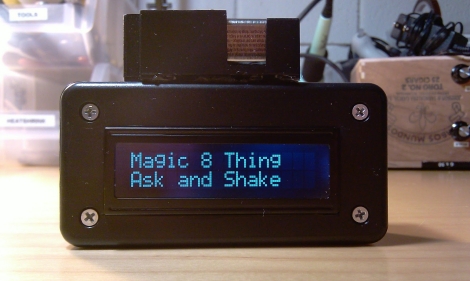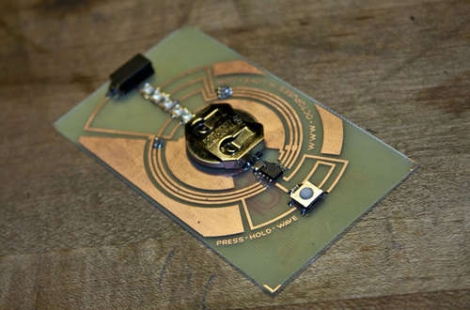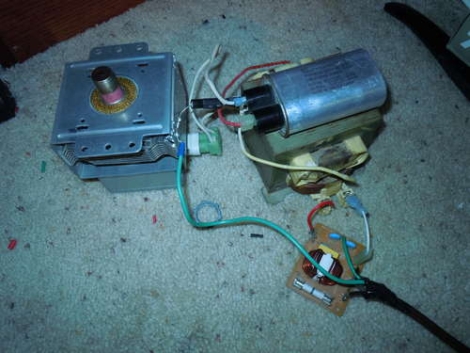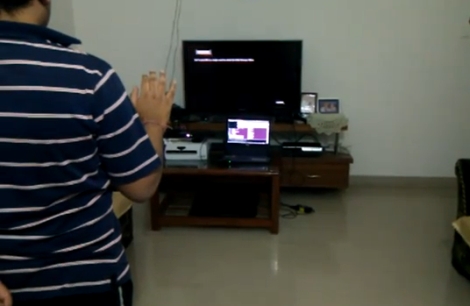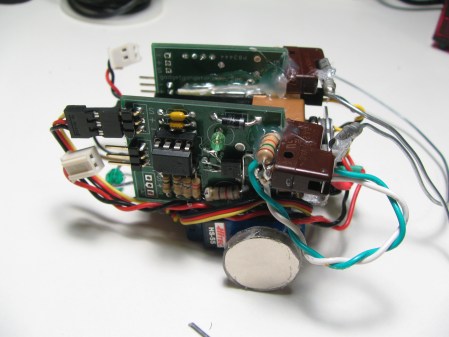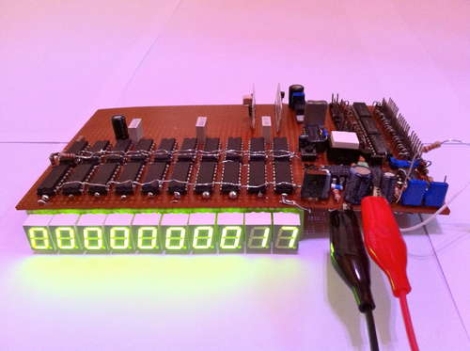
Instructables user [Jones Electric] has been quite busy lately, building a radio-frequency range finder. Built as part of a German youth science competition, he and his partner built a pair of transmitter/receiver modules that can be used to measure distances of up to a mile (~1.5km). Their argument for radio-based rangefinders is that laser rangefinders are obviously limited to line of sight, whereas their range finders are not.
To determine the distance between the two stations, the base station is triggered, which starts a counter and sends a 433 MHz signal to the second station. When the second station receives the signal, it in turn broadcasts an 868 MHz signal, which is received by the base station. The total distance between the points is then calculated based upon the round trip time of the two radio signals.
[Jones Electric] claims that the range finder is relatively accurate, with a deviation of up to 5 meters per measurement, and that the accuracy could be increased by adding a higher frequency crystal to the timing circuit.
We are pretty sure using these two frequencies in the US without a license is not allowed, though we are unsure of the usage laws in Germany, where this was constructed.


